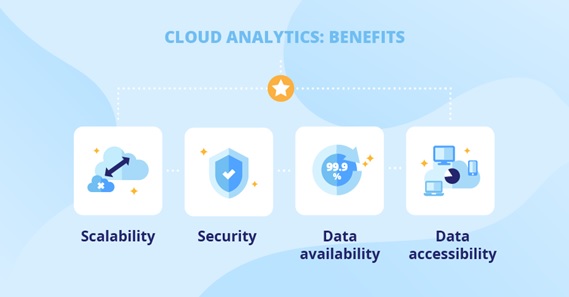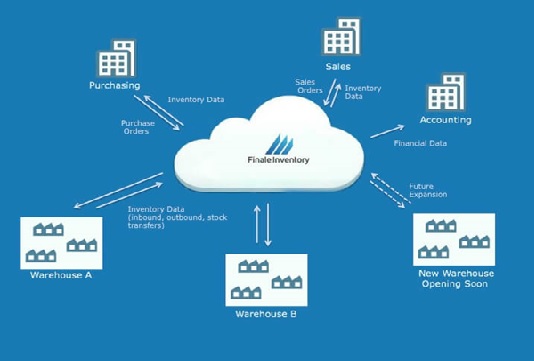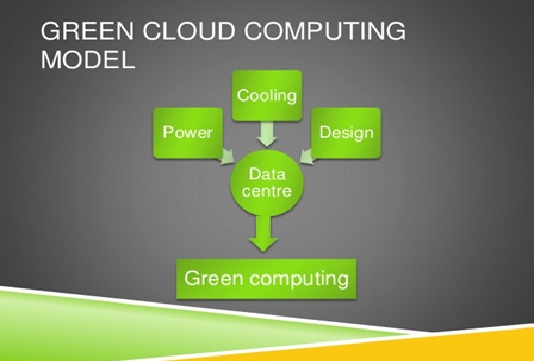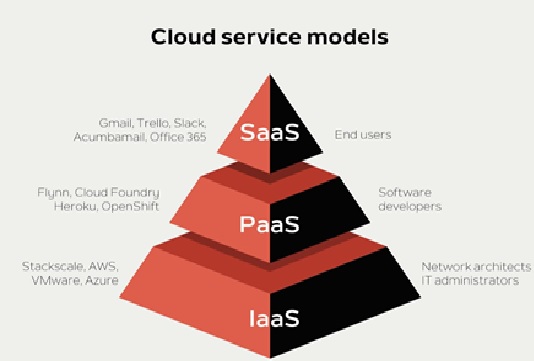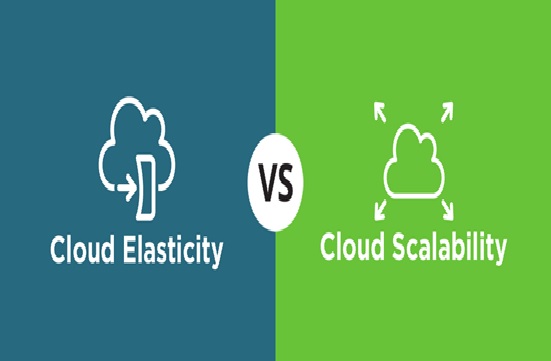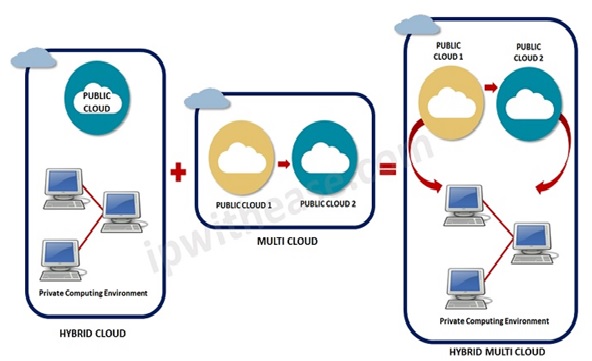Types and uses of Hypervisor in Cloud Computing
A hypervisor, also known as a virtual machine monitor or VMM, is software that creates and runs virtual machines (VMs). A hypervisor allows one host computer to support multiple guest VMs by virtually sharing its resources, such as memory and processing.[2]

Figure 1. the Types and uses of Hypervisor in Cloud Computing
Figure 1 shows Cloud Hypervisors abstract the underlying servers from ‘Guest’ VMs and OSs. OS calls for server resources (CPU, memory, disk, print, etc) are intercepted by the Cloud Hypervisor which allocates resources and prevents conflicts. As a rule, guest VMs and OSs run in a less-privileged mode than the hypervisor so they cannot impact the operation of the hypervisor or other guest VMs.
There are two major classifications of Hypervisor: Bare metal or native (Type 1) and Hosted (Type 2). Type 1 Hypervisors run directly on host machine hardware with no OS beneath. These hypervisors communicate directly with the host machine resources. VMware ESXi and Microsoft Hyper-V are Type 1. Type 2 Hypervisors usually run above the host machine OS and rely on the host OS for access to machine resources. They are easier to se up and manage since the OS is already in place, and thus Type 2 hypervisors are often used for home use and for testing VM functionality. VMware Player and VMware Workstation are Type 2 hypervisors.[3]
Uses a hypervisor
Hypervisors make it possible to use more of a system’s available resources and provide greater IT mobility since the guest VMs are independent of the host hardware. This means they can be easily moved between different servers. Because multiple virtual machines can run off of one physical server with a hypervisor, a hypervisor reduces:
- Space
- Energy
- Maintenance requirements [2]
Types of Hypervisors in Cloud Computing
There are two main types of hypervisors in cloud computing.
Type I Hypervisor
A Type I hypervisor operates directly on the host's hardware to monitor the hardware and guest virtual machines, and is referred to as bare metal. Typically, they do not require the installation of software ahead of time.
Instead, you can install it directly on the hardware. This type of hypervisor is powerful and requires a lot of expertise to function well. In addition, Type I hypervisors are more complex and have few hardware requirements to run adequately. Because of this it is mostly chosen by IT operations and data center computing.
Examples of Type I hypervisors include Oracle VM Server for Xen, SPARC, Oracle VM Server for x86, Microsoft Hyper-V, and VMware's ESX/ESXi.
Type II Hypervisor
It is also called a hosted hypervisor because it is installed on an existing operating system, and they are not more capable of running more complex virtual tasks. People use it for basic development, testing and simulation.
If a security flaw is found inside the host OS, it can potentially compromise all running virtual machines. This is why Type II hypervisors cannot be used for data center computing, and they are designed for end-user systems where security is less of a concern. For example, developers can use a Type II hypervisor to launch virtual machines to test software products prior to their release.[1]
References:
- https://www.javatpoint.com/cloud-hypervisor
- https://www.vmware.com/topics/glossary/content/hypervisor
- https://www.vmware.com/topics/glossary/content/cloud-hypervisor
Cite this article:
Thanusri swetha J (2021), Types and uses of Hypervisor in Cloud Computing, AnaTechMaz, pp. 27






